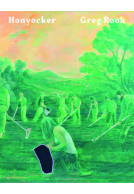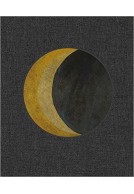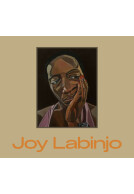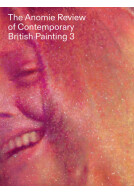Google Books previews are unavailable because you have chosen to turn off third party cookies for enhanced content. Visit our cookies page to review your cookie settings.
Nathan Coley (Paperback)
to the Bramley Family of Frestonia
Imprint: Anomie Publishing
Pages: 190
Illustrations: Approx. 60 b/w and colour
ISBN: 9781910221051
Published: 30th July 2015
Pages: 190
Illustrations: Approx. 60 b/w and colour
ISBN: 9781910221051
Published: 30th July 2015
You'll be £12.00 closer to your next £10.00 credit when you purchase Nathan Coley. What's this?
+£4.99 UK Delivery or free UK delivery if order is over £40
(click here for international delivery rates)
Order within the next 9 hours, 9 minutes to get your order processed the next working day!
Need a currency converter? Check XE.com for live rates
(click here for international delivery rates)
Order within the next 9 hours, 9 minutes to get your order processed the next working day!
Need a currency converter? Check XE.com for live rates
Nathan Coley is a publication documenting a public art project in London by
Glasgow-based contemporary artist Nathan Coley (b.1967). At a time when housing and the property market are at the centre of much social, political and economic debate, Coley's project is a pertinent and thought-provoking exploration of issues of housing,
ownership, history and activism.
In the mid-late 1960s, the Greater London Council moved local authority tenants out of their run-down terraced houses in the Freston Road area of the Royal Borough of Kensington and Chelsea and into newly built blocks of flats nearby. The council was planning to knock down the terraced houses and to regenerate the area, but the plans were beset by delays so the houses lay derelict for almost a decade. During the 1970s a
group of squatters began moving into the old houses – there were around 150 people living in 35 houses at one point towards the end of the decade.
In late summer 2015, on the site where Frestonia once stood, the first phase of apartments designed byHaworth Tompkins Architects and built by the charitable
organisation The Peabody Trust was completed.
With one third of the properties for sale, one third for rent, and one third under the management of the Housing Association, the complex, called The Silchester (More West) development, consists of 112 apartments. Nathan Coley was commissioned to make new artwork for the site. Based on the form of an apple tree – inspired by the history of the Bramley apple that gave its name to the Frestonia residents – Coley has not only made a striking steel and gold leaf rooftop sculpture, but also 112 small versions of the same sculpture that have been given to each of the residents as a house warming present. In doing so, Coley not only connects the new housing complex and its residents with its local history, but to wider discourses of modernism and sculpture, art and society, capitalism and alternative modes of living. The publication, which forms part of the artist's commissioned project, presents a variety of texts, images and documentation relating to the new housing development, to the history of the Bramley apple and to Frestonia – including a selection of archive photographs of Frestonia taken by former resident Tony Sleep.
Other titles in Anomie Publishing...















